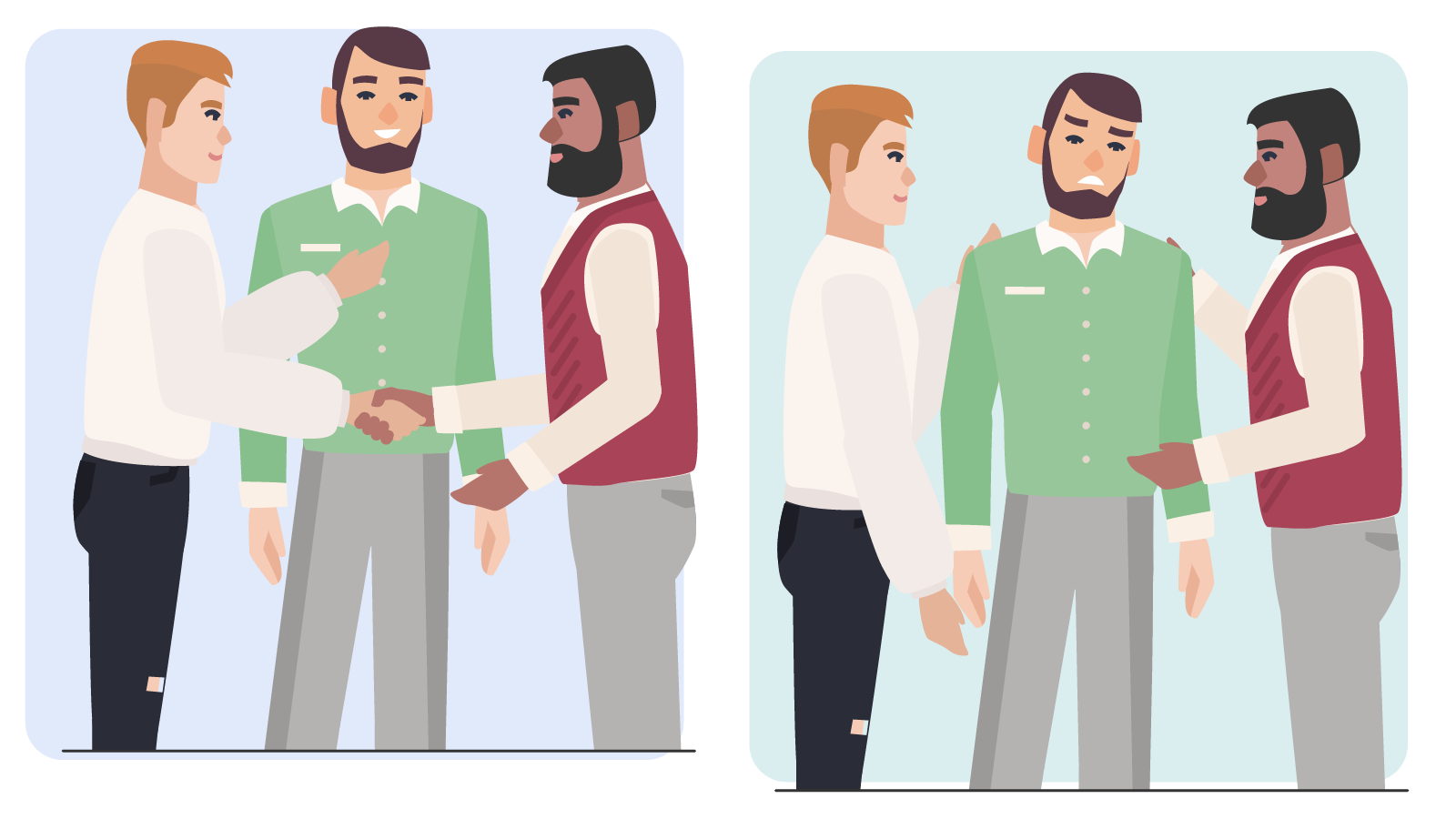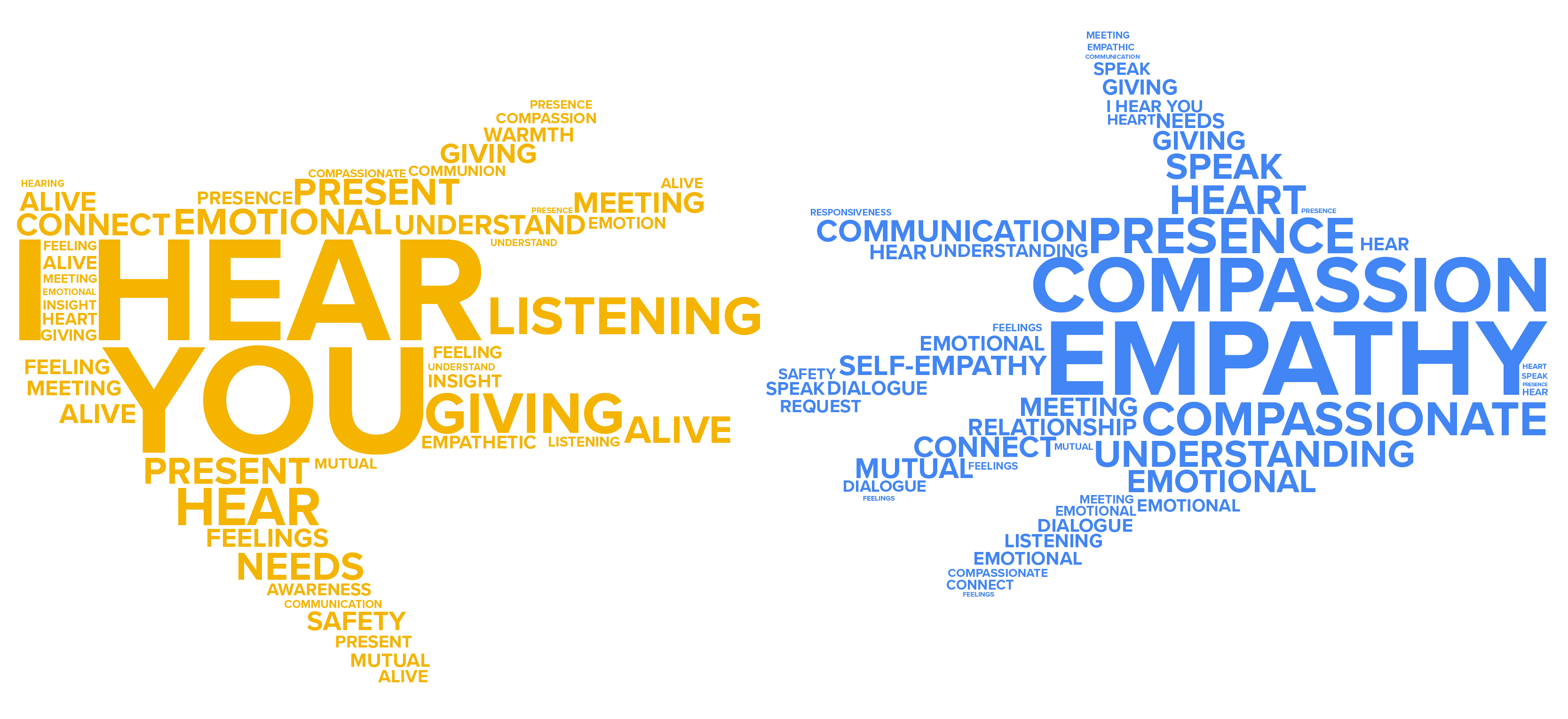Table of Contents |
In this lesson, we will explore the essential roles that mutual respect and empathy play in conflict resolution. Both concepts are vital for creating an environment where productive and meaningful dialogue can take place, even in disagreement.
By understanding mutual respect, we learn to recognize the dignity and rights of others, acknowledging their perspectives even when we don’t agree. Meanwhile, empathy teaches us to emotionally connect with others and validate their feelings, fostering deeper understanding in conflict situations.
Lastly, we will compare mutual respect and empathy, examining how both contribute to conflict resolution but serve different purposes. While mutual respect ensures each party’s viewpoint is heard, empathy allows for a shared emotional connection, which can lead to more profound resolutions. Through examples and reflective exercises, you will see how these elements work together to transform conflict into an opportunity for growth and understanding.
Mutual respect is the recognition and appreciation of another person’s dignity, rights, and opinions. It goes beyond tolerating differences by actively valuing the other person’s right to express their views, even in disagreement. In conflict resolution, mutual respect creates a foundation for productive dialogue.
With mutual respect, both parties are more open and willing to listen, reducing defensiveness and hostility. By acknowledging the other person’s position, even without agreeing, you show that their thoughts matter, fostering an environment where both feel safe to express concerns. Without mutual respect, conflicts can escalate into personal attacks and misunderstandings, making resolution difficult. Therefore, maintaining mutual respect is key to diffusing tension and enabling meaningful communication.

EXAMPLE
Imagine two colleagues, Constance and Juan, who are working on a team project. Constance prefers to work independently, while Juan believes collaboration is the key to success. This difference in working styles creates tension. However, they both respect each other’s professional abilities. During their conversation, Constance says, “I understand that collaboration is important to you, and I value your input, but I feel I can contribute more effectively working on certain tasks alone.” By recognizing Juan’s approach and still asserting her preference, Constance demonstrates mutual respect, allowing for a more productive conversation.Empathy goes beyond simply understanding someone’s position or the logic behind their arguments; it involves emotionally connecting with and trying to experience what the other person is feeling. This deeper connection requires an effort to step into the other person’s shoes to imagine what it might be like to feel their frustration, disappointment, or anger, even if you don’t fully share or agree with their emotions. Empathy allows you to not only acknowledge their perspective but to validate the emotions that come with it, showing that their feelings are important and deserving of consideration.
In conflict resolution, empathy plays a critical role in creating a pathway for more meaningful understanding and collaboration. By focusing on the emotional impact of the conflict rather than just the surface-level disagreements, empathy helps both parties move beyond rigid positions and see the underlying needs and concerns driving the conflict. This emotional connection can soften tensions, as people feel heard and understood on a personal level. When one party expresses empathy, it sends a signal to the other that their emotions are being taken seriously, which can reduce defensiveness and shift the conversation toward a more constructive and cooperative direction.
IN CONTEXT
Think about a time when someone showed you empathy during a disagreement. Perhaps it was a conflict with a friend, family member, or coworker, where emotions ran high and you felt misunderstood or frustrated. When the other person took the time to truly listen to your concerns and, more importantly, acknowledged your feelings, how did it affect you? When someone shows empathy, it changes the entire dynamic of the conversation. Instead of feeling like you are battling against the other person, empathy helps you feel heard, valued, and understood. This shift often leads to a calming effect, making it easier to approach the conflict from a more open, constructive place. You might have felt more inclined to collaborate, compromise, or explain your perspective more fully once you knew the other person genuinely cared about how you felt.
Now, imagine how the situation might have unfolded if empathy hadn’t been present. Without that validation of your emotions, you would likely have continued feeling frustrated, unheard, or even angry. This emotional buildup could have easily escalated the disagreement, making it harder to find common ground. When empathy is absent, people often become defensive, entrenched in their positions, and less willing to listen to the other side. The conflict might have intensified, leading to misunderstandings, further resentment, and potentially a breakdown in communication altogether.
Empathy serves as a bridge in conflict situations. It allows both parties to move beyond their immediate frustrations and recognize the humanity in the other person. When someone shows empathy, they’re saying, “I see you, I hear you, and I care about how you’re feeling,” which creates the foundation for resolving the conflict in a way that feels fair and satisfying to both sides. Without empathy, the conversation can easily spiral into blame, anger, and emotional distance. Reflect on how different conflicts in your life might have gone if empathy was either present or absent, and consider how you can use empathy in future disagreements to foster understanding and resolution.
Let’s revisit Constance and Juan. While mutual respect allowed them to have a productive conversation, adding empathy would deepen their connection. If Juan said, “I see how working independently helps you focus, and I didn’t realize my need for collaboration was adding pressure,” he would not only respect Constance’s preferences but also empathize, strengthening their resolution process.
Mutual respect sets the foundation for productive conversations by acknowledging the other party’s perspective, even in disagreement. In professional conflicts, this may be enough to prevent escalation and reach a resolution. For instance, in workplace disagreements about tasks, mutual respect allows for constructive dialogue without personal attacks or dismissiveness.
Empathy adds emotional depth by helping you understand why the other person feels a certain way. In emotionally charged conflicts, issues often involve deeper feelings like frustration or fear. While mutual respect helps address surface concerns, empathy uncovers the emotional core of the problem. In personal conflicts, like those between friends or family, empathy helps identify feelings of loneliness or disappointment, leading to deeper resolution.
In summary, mutual respect maintains a constructive conversation, but empathy helps in fully understanding emotional motivations. Together, they not only resolve conflicts but also strengthen relationships through deeper trust and understanding.

Consider how both mutual respect and empathy can be used together in future conflicts. While mutual respect maintains a level of civility and keeps the conversation productive, empathy can deepen the connection and understanding between both parties. By combining these two approaches, you not only prevent escalation but also build stronger relationships and create lasting solutions that address both the intellectual and emotional dimensions of the conflict.
In any conflict, the ability to balance mutual respect and empathy is key to reaching a resolution that satisfies both parties. Mutual respect ensures that each person’s viewpoint is acknowledged and valued, while empathy fosters emotional understanding, helping bridge differences and reduce tension. When used together, these two elements create an environment where open communication can flourish and conflicts can be addressed with cooperation rather than confrontation. In this section, we will explore how you can effectively apply both mutual respect and empathy to navigate conflicts and strengthen relationships.
When mutual respect and empathy are combined in conflict resolution, they can have a powerful effect. Mutual respect ensures that both parties feel valued and are willing to engage in a fair process, while empathy encourages deeper understanding and emotional connection. This combination reduces defensiveness, promotes openness, and leads to more meaningful resolutions.
This approach might lead to a deeper connection, less tension, and a more collaborative solution to future conflicts. How does the balance of respect and empathy change the dynamics of the conversation and allow for a more productive and compassionate resolution process?

In this lesson, you’ve explored the essential roles of mutual respect and empathy in conflict resolution. Now, it’s time to bring all the pieces together. By applying active listening, acknowledging emotions, avoiding blame, managing your own emotions, and focusing on solutions, you can create a more constructive environment for resolving conflicts. This approach allows you to not only navigate disagreements more effectively but also strengthen relationships in the process. As you now know, when used together, mutual respect and empathy help transform conflicts into opportunities for growth and understanding, ensuring that both parties feel heard, valued, and empowered to find solutions.
Here are four actionable strategies you can use to effectively implement mutual respect and empathy in conflict resolution:
Source: THIS TUTORIAL WAS AUTHORED BY MARLENE JOHNSON (2019) and STEPHANIE MENEFEE and TRACI CULL (2024). PLEASE SEE OUR TERMS OF USE.